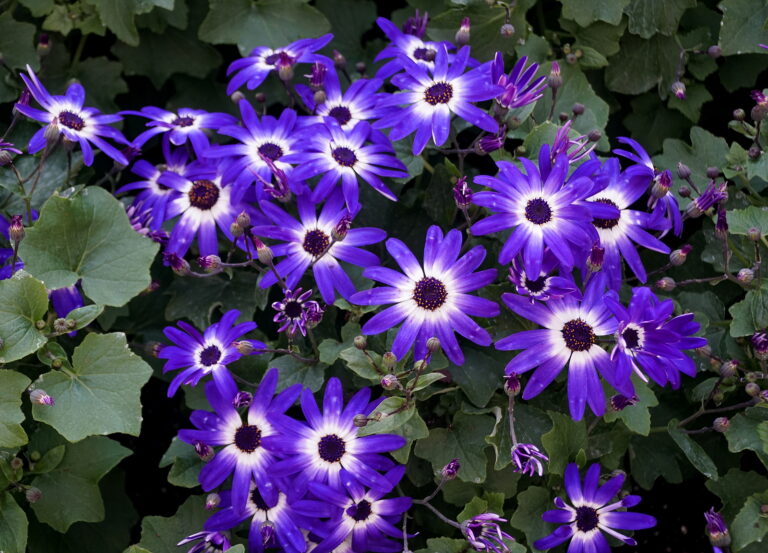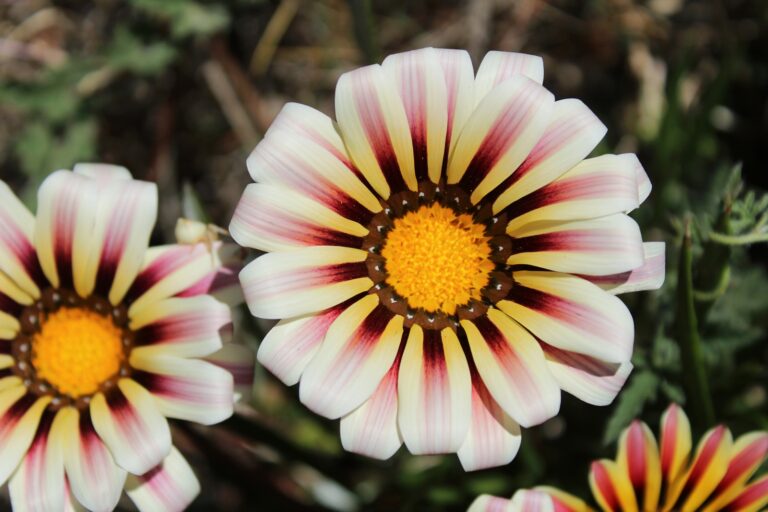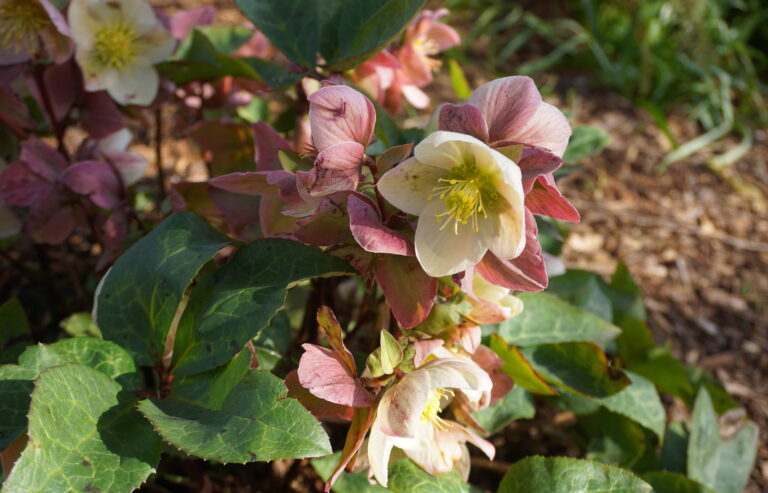How to Grow Marjoram, Oregano — Origanum
Origanum – commonly called Marjoram or Oregano–is a rhizome-spreading perennial with small, simple, aromatic gray-green leaves. The leaves are topped by spiked whorls of small, tubular white or pink to purplish flowers in summer. The flowers resemble miniature pinecones.
Origanum is a genus of 20 species of perennials and small subshrubs. Many are grown as annuals or biennials. The species O. dictamnus, O. majorana, O. onites, and O. vulgare are used in culinary herb gardens.
Origanum can be grown in herb gardens, at the front of borders, and rock gardens or scree beds. All members of the genus attract bees and other insectrs.
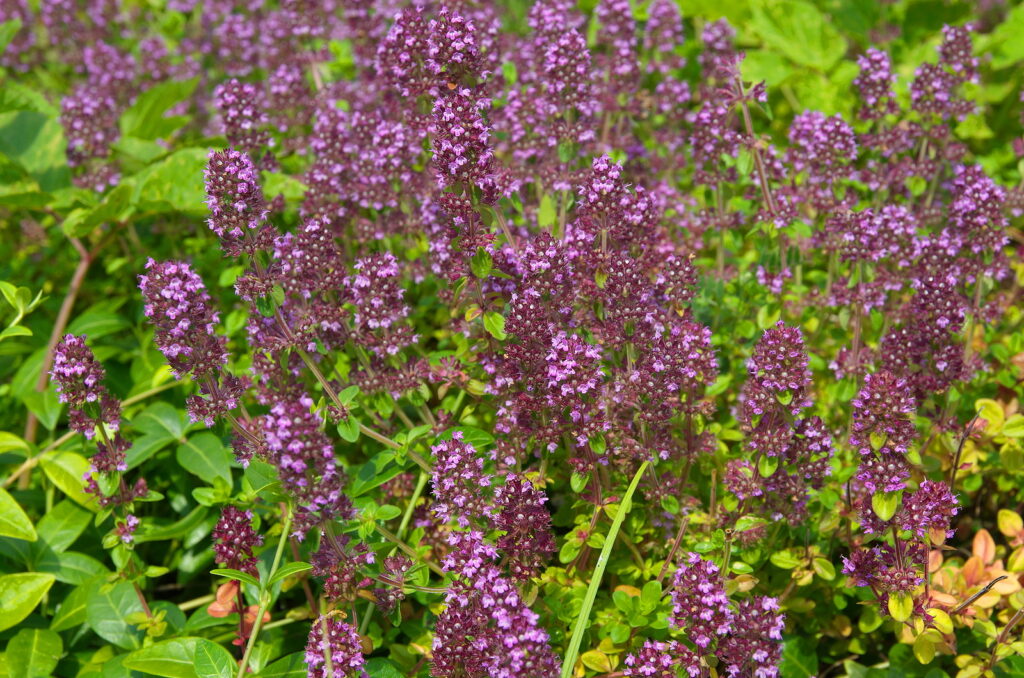
Get to know Origanum
- Plant type: Perennials
- Growing zones and range: Zones 5 to 9
- Hardiness: Hardy to Zone 5
- Height and width: 12 to 24 inches (30-60cm) takk abd up to 18 inches (45cm) wide
- Growth rate: Fast
- Form and habit: Spreading to upright
- Foliage: Simple, aromatic leaves in opposite pairs; foliage has a strong, pleasant scent
- Flowers: Inflorescences in spiked whorls, which are sometimes panicle- or corymb-like; elongated, tubular or funnel-shaped, 2-lipped flowers are borne amid conspicuous, often brightly colored bracts
- Bloom time: Summer
- Uses: Herbs, rock garden, scree bed, alpine house, front of the border, herbaceous border, herb garden
- Garden companions: Weave in with other perennials
- Common name: Marjoram, Oregano
- Botanical name: Origanum
- Family name: Lamiaceae
- Origin: Mediterranean, Southwest Asia
Where to plant Origanum
- Plant Origanum in full sun.
- Plant Origanum in poor to moderately fertile, well-drained, preferably alkaline soil.
- Avoid wet sites; Origanum cannot tolerate wet feet.
When to plant Origanum
- Sow Origanum seed in containers in a cold frame in autumn, or at 50-55°F (10-13°C) in spring.
- Set container-grown Origanum in the garden in spring.
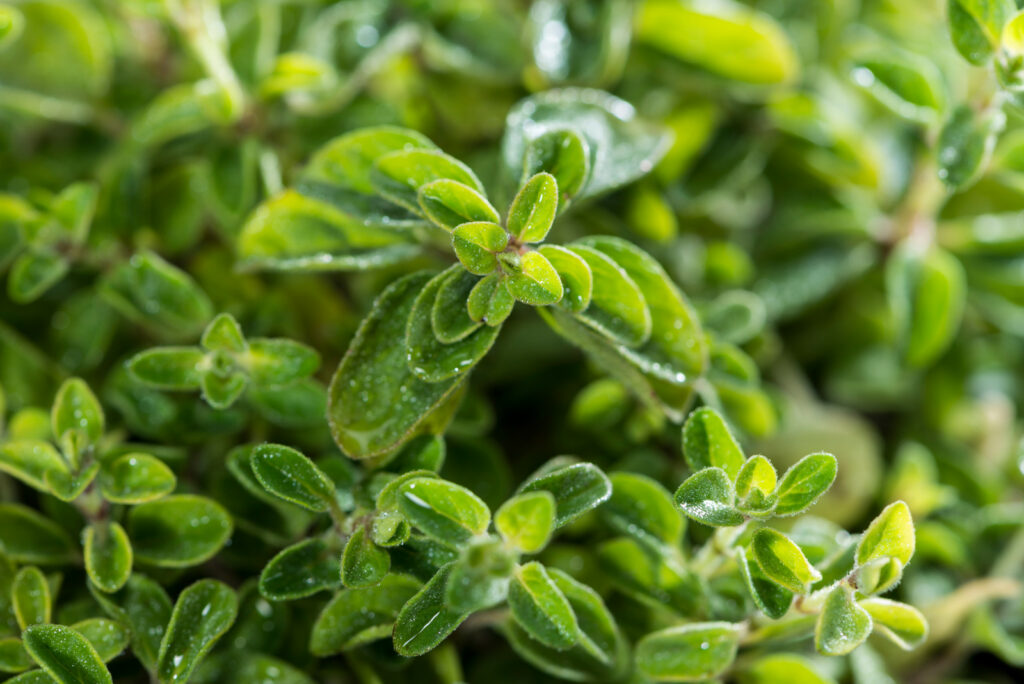
Planting and spacing Origanum
- Space Origanum at least 12 inches (30cm) apart; closer is growing as a groundcover for quick coverage.
How to water and feed Origanum
- Give Origanum moderate to little water, except as noted.
- Feed Origanum with an all-purpose organic fertilizer in spring.
How to care for Origanum
- Cut back old, flowered stems in early spring.
- Keep Origanum tidy and compact by cutting them back by about half in early summer; no need to deadhead the flowers.
Origanum pests and diseases
- Origanum are sometimes affected by root and stem rots.
- Origanum may be attacked by aphids and spider mites.
Origanum propagation
- Divide Origanum in spring, or take basal cuttings in late spring.
- Sow Origanum seed in containers in a cold frame in autumn, or at 50-55°F (10-13°C) in spring.
Origanum varieties to grow
- Origanum amanum, low-spreading, evergreen subshrub with ovate, bright green leaves, to .5 inch (1.5cm) long, and heart-shaped at the bases. In summer and autumn, curved, funnel-shaped pink flowers, 1.5 inch (4cm) long, with small spreading lobes, are produced in congested, terminal whorls among green bracts, to .75 inch (2cm) long, which become flushed purple-pink with age. To 4-8 inches (10-20cm) tall and 12 inches (30cm) wide. East Mediterranean, Turkey.
- O. dictamnus, Dittany of Crete, Hop marjoram, dome-forming, evergreen subshrub with arching, branching stems bearing rounded-ovate to rounded, densely white-felted, mid-green, sometimes purple-mottled leaves, to 1 inch (2.5cm) long. In mid-and late summer, produces dense, pendent, panicle-like whorls of small, open funnel-shaped pink flowers, .5 inch (1.5cm) long, among hop-like purple bracts, .4-.5 inch (9-15mm) long. In wet climates, grow in an alpine house. To 6 inches (15cm) tall and 8 inches (20cm) wide. Crete.
- O. laevigatum, woody-based perennial with erect, wiry, red-purple stems and ovate to elliptic, dark green leaves, .5-.75 inch (1.5-2cm) long, hairy only along the midribs beneath. Loose, panicle-like whorls of numerous tubular, scarcely 2-lipped, purplish-pink flowers, .5 inch (1.5cm) long, are produced from late spring to autumn. The flowers have darker purple calyces, surrounded by red-purple bracts, .5 inch (1.5cm) long. To 20-24 inches (50-60cm) tall and 18 inches (45cm) wide. Turkey, Cyprus.
- O. majorana, Knotted marjoram, Sweet marjoram, upright, evergreen subshrub, often grown as an annual or biennial, with branching stems bearing ovate or elliptic, softly hairy, scented, gray-green leaves, .1-1.25 inch (.3-3cm) long. Panicles of tubular, white or pink flowers, .4 inch (9mm) long, appear from early to late summer. To 32 inches (80cm) tall and 18 inches (45cm) wide. Southwest Europe, Turkey.
- O. microphyllum, domed, spreading, evergreen subshrub with ovate, downy gray leaves, to .25 inch (6mm) long, on slender branches. In summer, bears loose, panicle-like whorls of tubular, pink to purple flowers, .25 inch (6mm) long, among purple bracts, to .1 inch (3mm) long. To 10 inches (25cm) tall and 12 inches (30cm) wide. Crete.
- O. onites, Pot majoram, small, mound-forming, semi-evergreen subshrub with red-hairy stems and ovate to elliptic, bright green leaves, to .75 inch (2cm) long, rounded to heart-shaped at the bases. In late summer, produces tubular white flowers, to .25 inch (6mm) long, in dense, corymb-like whorls, with green bracts, to .1 inch (3mm) long. To 24 inches (60cm) tall and 12 inches (30cm) wide.
- O. rotundifolium, rhizomatous, woody-based perennial or deciduous, rounded subshrub, with rounded to heart-shaped, blue-gray leaves, to 1 inch (2.5cm) long. Throughout summer, produces nodding, hop-like whorls of small, tubular, pale pink flowers, to .5 inch (1.5cm) long, among pale lemon-green bracts, to 1 inch (2.5cm) long. To 4-12 inches (10-30cm) tall and 12 inches (30cm) wide. Turkey, Armenia, Republic of Georgia.
- O. vulgare, Oregano, bushy, rhizomatous, woody-based perennial with upright to spreading stems bearing very aromatic, rounded to ovate, dark green leaves, to 1.5 inches (4cm) long. From midsummer to early autumn, bears loose panicle- or corymb-like whorls of tubular flowers, to .1 inch (3mm) long, varying from deep to pale pink or white, with whorls of leafy, purple-tinted green bracts, to .5 inch (1.5cm) long. To 12-36 inches (30-90cm) tall and wide. Europe.


